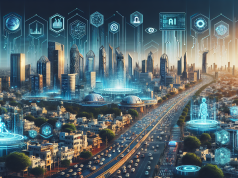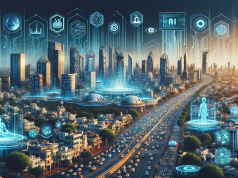In the echelons of government, where policies are drafted and nations are shaped, lies an ongoing struggle that undermines the very ideals of democracy: creating a truly diverse and inclusive workplace. Despite numerous policies aimed at promoting these principles, the practical implementation often falls short, leaving underrepresented groups facing unseen barriers that persist even within the most progressive administrations.
Why does this paradox exist where intentions do not align with outcomes? This exploration into the complexities of diversity in the public sector aims to shed light on the challenges faced by those often sidelined, be it due to race, gender, disability, or sexual orientation. As we delve into the actual impact of diversity initiatives, we confront an uncomfortable truth: policies are only as effective as their execution.
The landscape of government work is rife with psychological and bureaucratic hurdles. Unconscious biases, systemic inequities, and a resistance to change are just a few of the deep-rooted issues that contribute to an environment where diversity is more of a buzzword than a practice. What’s more, the homogeneity of higher-level positions continues to reinforce a hierarchy that is less reflective of the nation’s demographics and more indicative of historical exclusivity.
How, then, can we move beyond tokenistic measures to achieve real, meaningful inclusion? It starts with transparency and a willingness to critically examine our institutions from the inside out. Our investigative journey includes interviews with government employees who have encountered these obstacles firsthand, case studies that unpack the success and failure of various diversity initiatives, and a thorough analysis of data that reveals where gaps in representation remain most prevalent.
Our mission is to provide a nuanced understanding of what diversity and inclusion should look like within the context of government work. We aim to dissect the prevailing practices to uncover where they succeed and where they falter, offering actionable insights for agencies committed to cultivating an environment where all employees can thrive.
Readers will come away with a clearer vision of the steps required to transform the government workplace into a model of inclusivity. This includes addressing hiring practices, promotion pathways, and creating an atmosphere where diverse voices are not only present but are also heard, respected, and valued.
We invite you to join us in this critical conversation, to question, to learn, and to advocate for a government sector that truly represents and serves all people— an imperative step towards fulfilling the promise of equality upon which our society stands.

























